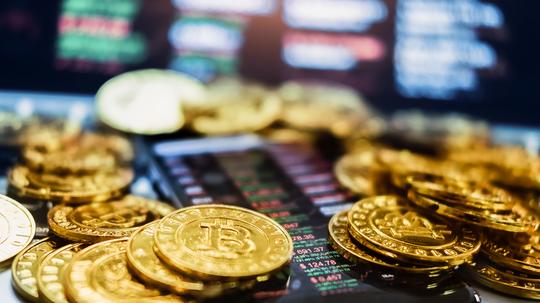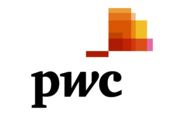
Local Pittsburgh businesses are seizing the opportunity to take bold steps forward by investing in digital asset tech firms, processing crypto transactions and partnering with crypto exchange companies. Why? Simply put, digital assets like cryptocurrencies, NFTs and other tokens are past “emerging” — they’re here to stay.
Digital assets explained
Blockchains are the technology solutions that enable digital assets. A blockchain is a method of securely recording information on a peer-to-peer network. It’s a shared public database, duplicated across computer systems, in which new entries can be added but existing entries can’t be altered.
Blockchain entries, called blocks, are generated via specific protocols that are different for each blockchain. Each block contains encoded information about the previous block, reinforcing the order and structure of the blockchain as it grows.
A digital asset is created, or minted, when new information is added to a particular blockchain. Through blockchain entries, users can exchange existing digital assets and/or create new (mint) ones.
What types of digital assets exist?
Think of the term “digital assets” as a broad container that encompasses anything minted and exchanged on a blockchain. We generally place digital assets in five categories.
1. Crypto assets. Any digital store of value or medium of exchange (currency) that’s stored on the blockchain.
What it can be used for: investments; payments; creating a coin to fund a project.
2. Stablecoins. A type of cryptocurrency designed for price stability. Stablecoin prices are linked to fiat currencies, commodities or other crypto assets.
What it can be used for: payments; foreign exchange; cross-border payments and transfers.
3. Central bank currencies (CBDCs). A type of cryptocurrency that represents a nation’s fiat currency and is backed by its central bank. Not all nations issue CBDCs.
What it can be used for: payments; cross-border payments and transfers.
4. Non-fungible tokens (NFTs). A token that represents ownership of a unique digital item (think a work of art, a government ID, a specific unit of production). An NFT certifies that the holder owns the underlying digital asset and can sell, trade or redeem it.
What it can be used for: Proving your identity and granting access (to either a virtual or physical space); tokenizing your supply chain to track inventory movement and ownership; ownership of virtual items (games, avatars, virtual land).
5. Security tokens. Digital assets that meet the definition of a security or financial investment, like stocks and bonds.
What it can be used for: Tokenized versions of stocks (equity) and bonds; tokenized versions of real-world assets (real estate, property, plant and equipment, etc.).
The world of digital assets
Once you have tokens, what can you do with them? Applications can confirm the tokens in your wallet to provide users with any number of opportunities, such as exclusive options in games, apps that work with your token, and finance functions exclusive to cryptocurrency (e.g., DeFi).
Read the full PwC article to learn more about the financial opportunities of digital assets.
